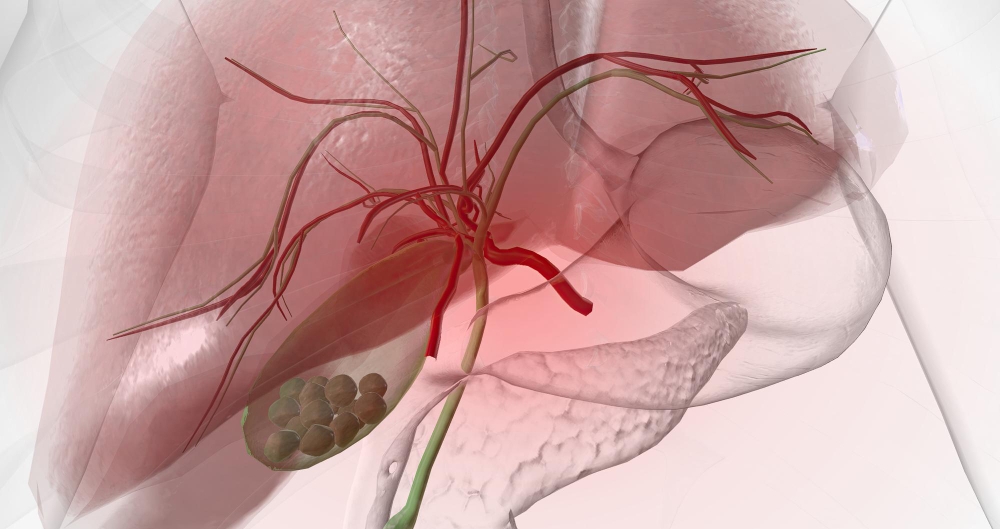Cholecystectomies

Cholecystectomy is a surgical procedure used to remove the gallbladder. The gallbladder is a small organ located beneath the liver, and its primary function is to store bile produced by the liver. Bile helps in the digestion of fats in the small intestine. Cholecystectomy is typically performed when the gallbladder becomes inflamed or when gallstones, which are hardened deposits in the gallbladder, cause complications such as pain, inflammation, or infection.
There are two main types of cholecystectomy: open cholecystectomy and laparoscopic cholecystectomy. In an open cholecystectomy, a large incision is made in the abdomen to access and remove the gallbladder. This procedure is less common nowadays and is usually reserved for cases where laparoscopic surgery is not feasible or safe.
Laparoscopic cholecystectomy, on the other hand, is the most common approach and involves making several small incisions in the abdomen. A laparoscope, which is a thin, flexible tube with a camera and surgical instruments attached, is inserted through these incisions. The surgeon uses the laparoscope to view the internal organs and perform the removal of the gallbladder with the help of specialized instruments. Laparoscopic cholecystectomy is less invasive than open surgery, resulting in shorter recovery times, less pain, and smaller scars.
Cholecystectomy is usually performed under general anesthesia, meaning the patient is unconscious during the procedure. After the surgery, patients may experience some pain or discomfort, which can be managed with pain medication. They are typically discharged from the hospital within a day or two and can return to normal activities within a week or two, although strenuous activities should be avoided for a few weeks.
The removal of the gallbladder does not usually cause significant changes in digestion or overall health. Bile, which is still produced by the liver, flows directly into the small intestine instead of being stored in the gallbladder. Some people may experience changes in bowel habits, such as more frequent bowel movements or diarrhea, especially after consuming fatty foods. However, these symptoms are usually mild and improve over time as the body adjusts to the absence of the gallbladder.
Overall, cholecystectomy is a safe and effective treatment for gallbladder-related problems and can provide relief from symptoms such as abdominal pain and discomfort. It is important for patients to follow their surgeon’s recommendations for post-operative care and to attend follow-up appointments to ensure proper healing and recovery.


